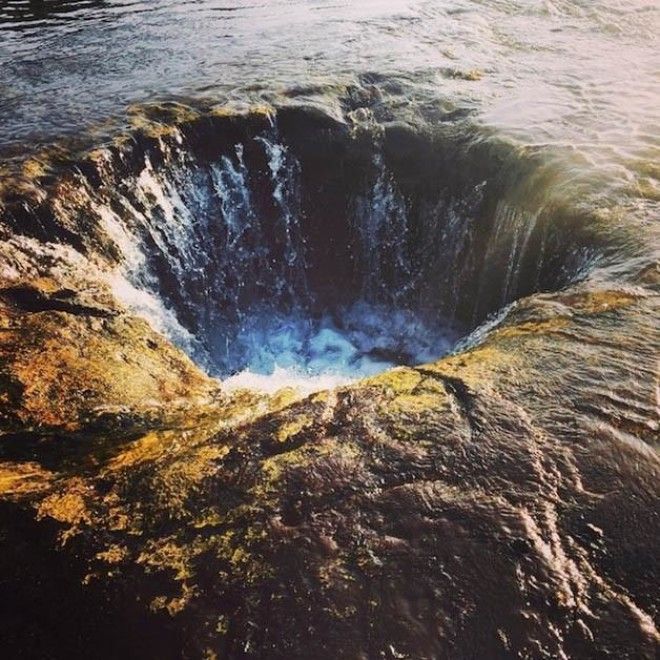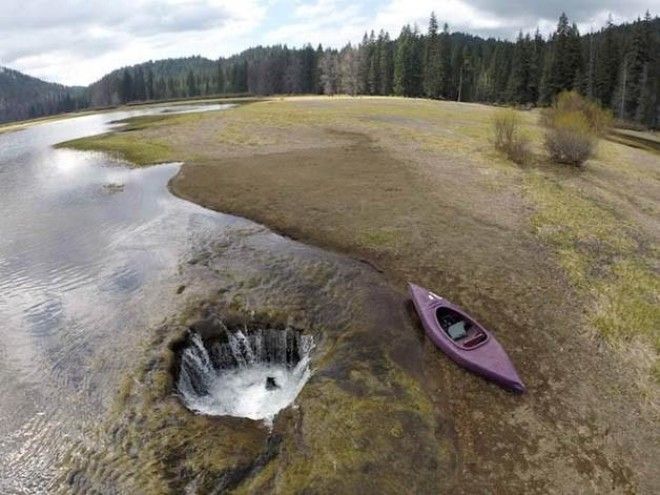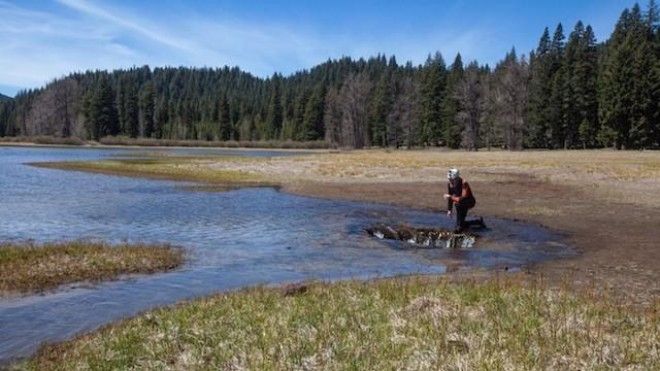
Nobody knows for sure where all the lake water goes, leaving it to a meadow between spring and summer. During the winter, it fills up again when the input from precipitation exceeds the rate of draining.
Scientists believe that this phenomenon is due to the volcanic zone where it is located, above an extinct lava tube – a tunnel-like structure created to drain lava from a volcano during an eruption.
Therefore, the water disappears through the 6-feet-wide hole, seeps through the volcanic rocks and into the subsurface.

“The lakebed begins to fill in the late fall, when the amount of rain coming in starts exceeding the ability of the lava tubes to drain off the water,” Jude McHugh, a spokeswoman for the Willamette National Forest in Oregon told Live Science. “And it continues to fill all winter long in a series of rain or snowstorms.”



